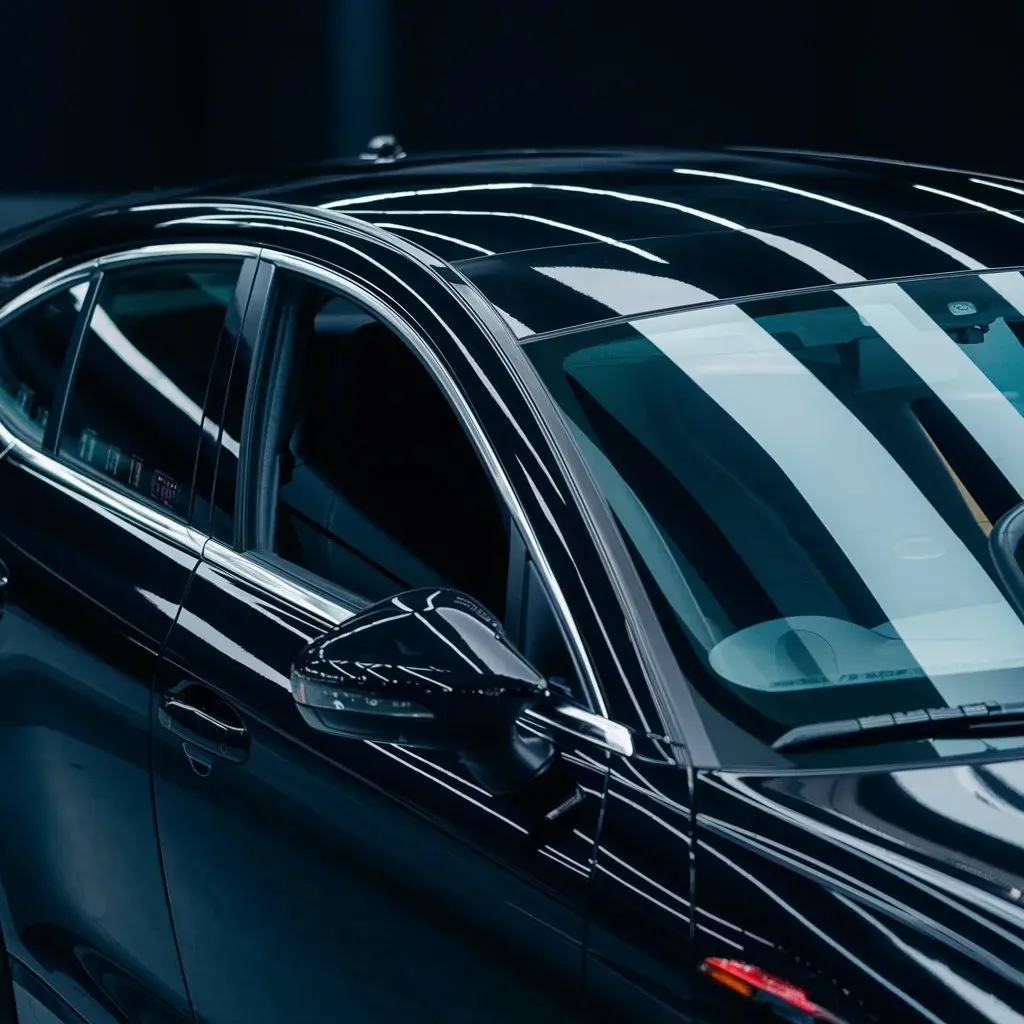Exploring the Technical Specs of Auto Window Tinting: What Makes Quality Tint?

You’ve likely heard the saying, ‘not all that glitters is gold,’ and when it comes to auto window tinting, this adage couldn’t be more fitting.
As a car owner, you’ve got to look beyond the outward appearance of the tint to truly determine its quality. This involves understanding the material composition of the tint, ranging from dyed and hybrid to metalized and ceramic, each with its unique attributes and performance levels.
You’ll also need to consider installation techniques and how they affect the longevity and effectiveness of the tint. So, if you’re in the market for a quality window tint, but are unsure what to look for, let’s embark on this journey of discovery to unravel the intricacies of window tinting.
Understanding Material Composition
Diving into the heart of auto window tinting, it’s crucial you grasp the material composition of the tints, as this directly impacts their performance and durability. Most tints are made of polyester due to its flexibility, clarity, and ability to be dyed in various shades.
Yet, the quality difference lies in the blend. Higher-end tints incorporate metals, ceramics, or carbon for added benefits. Metalized films provide superior heat rejection, while ceramic tints excel in blocking UV rays and maintaining radio signal integrity. Carbon tints, on the other hand, offer excellent UV protection and reduce fading without compromising visibility.
Thus, understanding these materials will help you choose the right tint, fostering a sense of pride and belonging in the auto enthusiast community.
Decoding Installation Techniques
Once you’ve selected the perfect tint material, it’s time to understand the installation techniques that can significantly affect the performance and lifespan of your auto window tint.
Two commonly used techniques are the hand-cutting and the computer-cutting methods. Hand-cutting, as you might guess, involves manually cutting the tint to fit your car windows. This method requires a high level of skill and experience. However, it might leave room for human error.
On the other hand, the computer-cutting technique uses precise digital measurements to cut the tint. This method ensures a perfect fit and minimizes the risk of damage to your car windows. Both methods have their pros and cons, so it’s crucial to choose an installer who masters the technique that suits your preferences and needs.